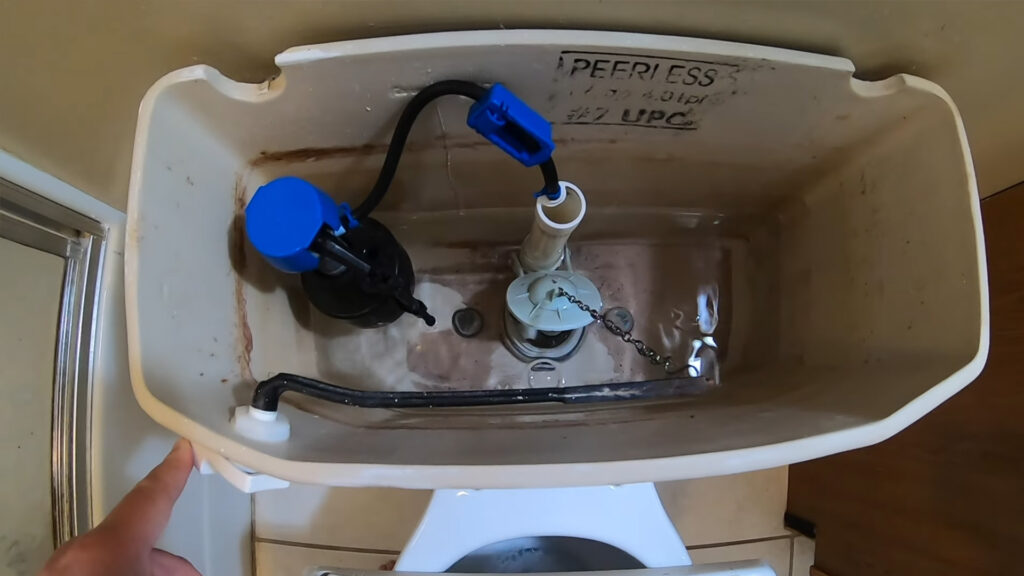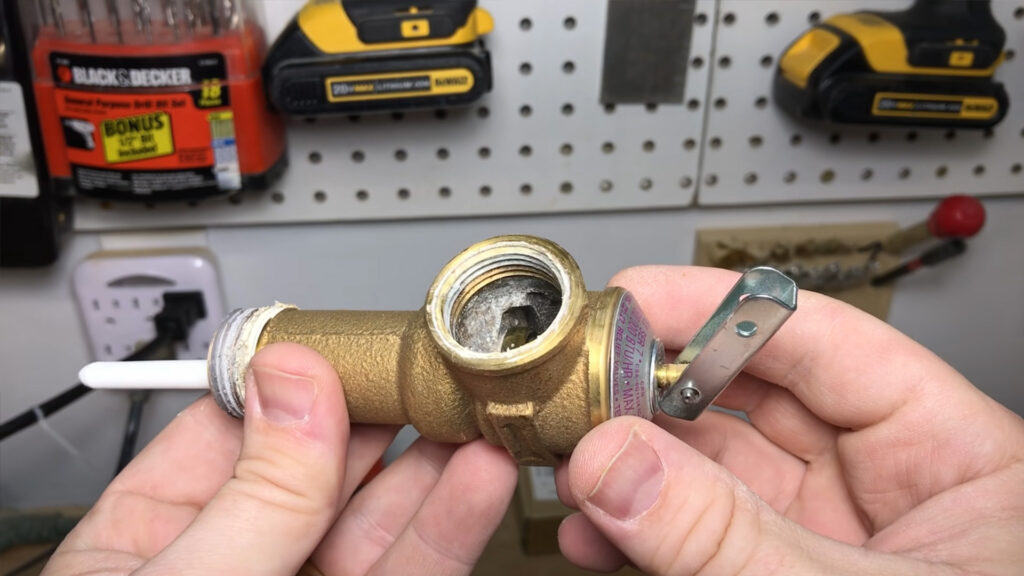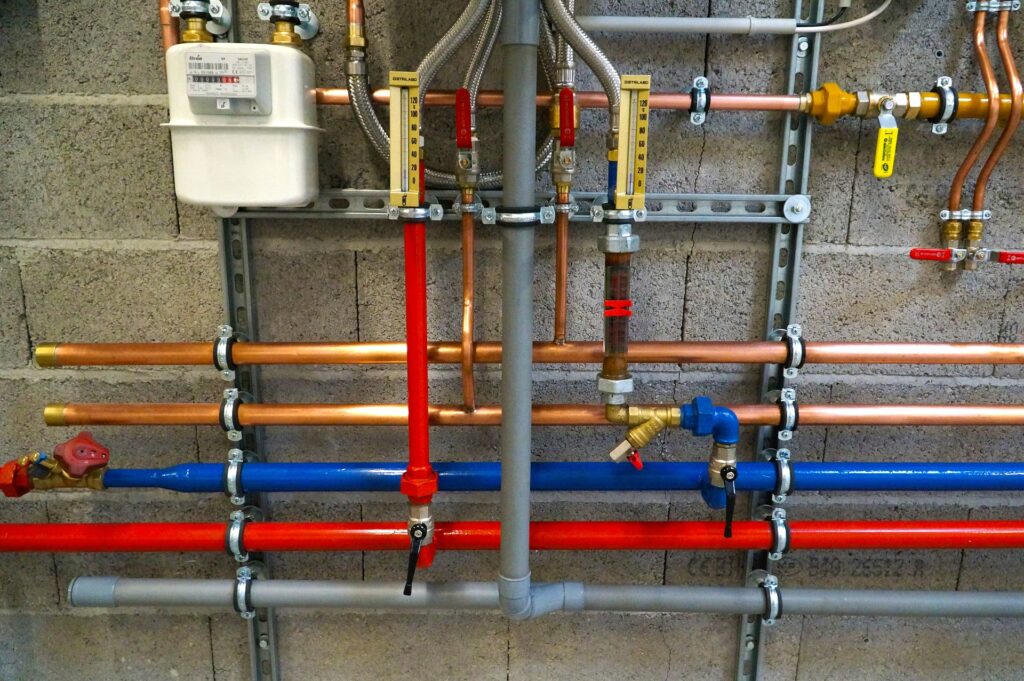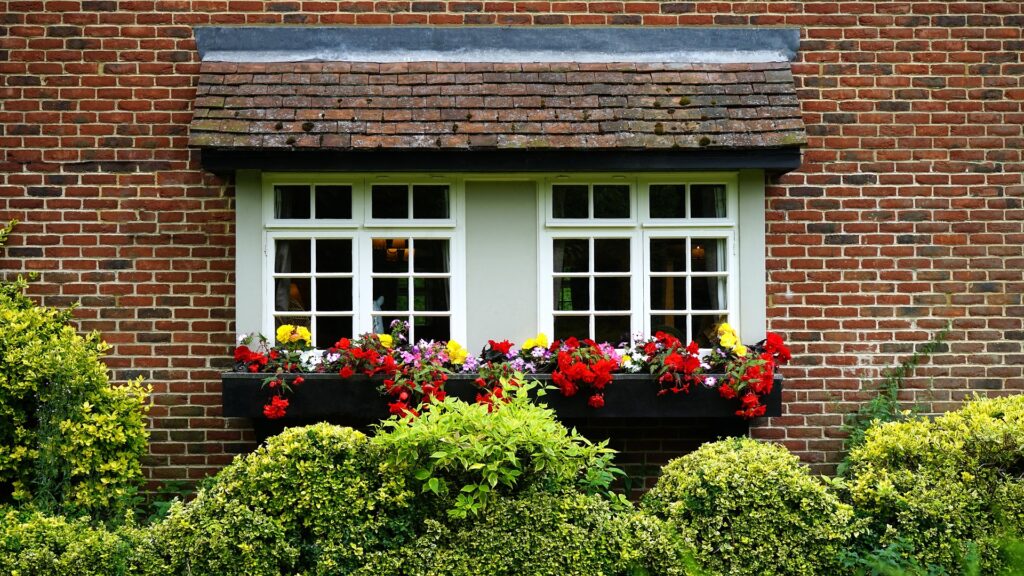As a homeowner in Philadelphia, understanding the lifespan of the pipes in your home is essential for maintaining your plumbing system and preventing costly water damage. Various factors, including the type of pipe material, the age of your home, and the local water quality, can all influence how long your pipes will last. This guide will help you assess the longevity of your home’s plumbing system and determine when it might be time to consider replacement.
Copper Water Pipes
Lifespan: 50-70 years
Copper pipes are one of the most common types of plumbing materials found in homes across Philadelphia. Known for their durability and resistance to corrosion, copper pipes have been a standard choice for decades. They are particularly valued for their ability to withstand high temperatures and their resistance to bacteria.
However, the lifespan of copper pipes can vary depending on the acidity of your water supply. Philadelphia’s water is generally neutral, but if your home’s water is more acidic, it can lead to faster corrosion and reduced pipe life. Signs of copper pipe wear include greenish-blue stains on fixtures, a drop in water pressure, or a metallic taste in your water.
Maintenance Tip: Regularly inspect visible pipes for signs of corrosion and have a professional plumber conduct an annual check-up.
PEX Water Pipes (PEX A, PEX B, Aquapex)
Lifespan: 40-50 years
PEX pipes are a modern plumbing solution that has gained popularity in recent years. Made from cross-linked polyethylene, PEX pipes are flexible, easy to install, and resistant to scale and chlorine. This makes them a great choice for Philadelphia homeowners looking to upgrade their plumbing system.
PEX A: Known for its flexibility and ability to expand, PEX A is often used in cold climates where pipes are prone to freezing. It can expand without cracking, making it a reliable option for Philadelphia’s cold winters.
PEX B: PEX B is stiffer than PEX A and is typically used in hot water applications. It’s more affordable than PEX A and is still highly resistant to scale and chlorine.
Aquapex: Aquapex is a branded type of PEX pipe known for its superior flexibility and durability. It’s often used in radiant heating systems and is highly resistant to freeze damage.
Maintenance Tip: While PEX pipes are generally low-maintenance, ensure that they are not exposed to direct sunlight, as UV rays can degrade the material over time.
CPVC Water Pipes
Lifespan: 50-75 years
Chlorinated Polyvinyl Chloride (CPVC) pipes are another common choice for residential plumbing. They are similar to PVC pipes but are treated with chlorine, making them more resistant to heat and pressure. CPVC pipes are often used for hot and cold water supply lines.
In Philadelphia, CPVC pipes are a good choice for homes with high-temperature water systems. They are resistant to corrosion and are generally easy to work with, making them a popular option for DIY plumbing projects.
However, CPVC pipes can become brittle over time, especially when exposed to freezing temperatures or if they are installed improperly. Brittle pipes are more prone to cracking, leading to leaks and potential water damage.
Maintenance Tip: Avoid exposing CPVC pipes to direct sunlight and extreme temperatures. Regularly inspect for any signs of brittleness or cracking.
Polybutylene Water Pipes
Lifespan: 10-15 years (Warning: Prone to Bursts)
Polybutylene pipes were once a popular choice for residential plumbing due to their low cost and ease of installation. However, they have since gained a reputation for being highly unreliable. Homes built between the 1970s and 1990s often feature polybutylene pipes, which are notorious for their tendency to deteriorate and burst without warning.
The main issue with polybutylene pipes is that they are prone to reacting with chlorine and other chemicals commonly found in municipal water supplies, which causes the material to become brittle and prone to sudden failure. Burst polybutylene pipes can lead to significant water damage and costly repairs.
Warning: If your Philadelphia home still has polybutylene pipes, it is highly recommended that you replace them as soon as possible to avoid potential water damage disasters.
Maintenance Tip: Have a professional plumber inspect your plumbing system to identify and replace any remaining polybutylene pipes.
Brass Water Pipes
Lifespan: 40-70 years
Brass pipes are known for their durability and resistance to corrosion. They are made from an alloy of copper and zinc, which gives them a long lifespan and makes them an excellent choice for both hot and cold water supply lines. Many older homes in Philadelphia may still have brass pipes in place.
One of the benefits of brass pipes is their ability to resist rust and mineral buildup, which helps maintain water pressure and quality over time. However, like all plumbing materials, brass pipes can eventually wear down, particularly at the joints.
Maintenance Tip: Regularly inspect brass pipes for signs of wear, particularly at the joints where corrosion is most likely to occur.
Galvanized Steel Water Pipes
Lifespan: 20-50 years (Warning: Prone to Corrosion)
Galvanized steel pipes were once a standard in home plumbing but have since been replaced by more modern materials like copper and PEX. These pipes are coated with a layer of zinc to prevent rust, but over time, the zinc can wear away, leading to corrosion and a buildup of rust inside the pipes. This corrosion can significantly reduce water flow and lead to discolored water.
Philadelphia homes built before the 1960s are more likely to have galvanized steel pipes. If you notice a drop in water pressure or rusty water coming from your taps, it could be a sign that your galvanized steel pipes are corroding from the inside.
Warning: Corroded galvanized steel pipes are at risk of bursting, which can lead to significant water damage. If your home has galvanized steel pipes, it may be time to consider replacing them with a more modern material.
Maintenance Tip: Have a professional plumber inspect your galvanized steel pipes and consider upgrading to copper or PEX if corrosion is detected.







